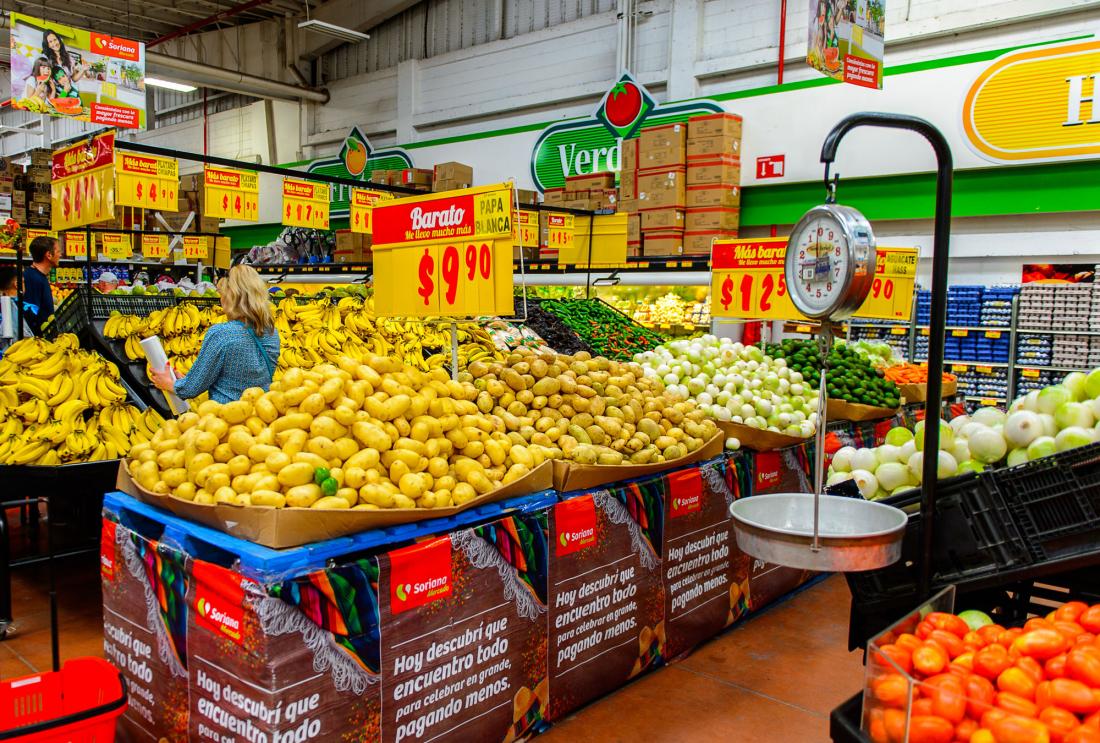Information Campaign to Reduce Plastic Bag Consumption in Supermarkets in Mexico
- Urban population
- Recycling and plastics
- Information
More than 500 billion plastic bags are used every year, and in many cases they are only used once before becoming landfill waste or litter. Many high income countries and low- and middle-income countries have adopted regulations to ban non-degradable bags or fees to reduce demand. This evaluation measured the impact of different in-store information campaigns on the consumption of plastic shopping bags and the sale of reusable bags in grocery stores across Mexico. The information campaigns did not significantly reduce plastic bag consumption or increase the sale of the reusable bags. The low intensity of the campaigns may have been a factor in their ineffectiveness.
Policy issue
Between 500 billion and a trillion plastic bags are consumed worldwide each year.1 In most cases, plastic bags are thrown away after one use, but it takes months to hundreds of years for them to breakdown. In developing countries, the increasing use of plastic is of particular concern, since waste management systems in many poorer nations are ill-equipped to deal with the increasing levels of waste.2 Governments in many high income countries and low- and middle-income countries have adopted regulations to ban non-degradable bags or levied fees to reduce demand. However, the effects of such policies have been mixed. Understanding consumers’ behavioral responses to campaigns, nudges, and regulations is a key policy question in this field. To date, however, few studies have thoroughly tested the effectiveness of such strategies, particularly with regard to single-use plastic shopping bags.
Context of the evaluation
Mexico City uses an estimated 20 million bags per day.3 In 2009, the Federal District of Mexico City chose to ban the use of non-degradable plastic bags within the city and to fine shops for dispensing free plastic bags. While there are clear advantages to using degradable plastics—most notably that these bags break down and are not a threat to animal life—life-cycle studies suggest that environmental impacts are minimized most by using reusable shopping bags.

Details of the intervention
This evaluation measured the impacts of audio and visual in-store communication strategies on the consumption of plastic shopping bags and on the sale of reusable bags at grocery stores across Mexico.
Researchers implemented communication campaigns from July to September 2010 designed to persuade customers to reduce their consumption of plastic bags, largely through the use of reusable shopping bags. Researchers conducted the campaigns in 199 randomly selected Comercial Mexicana supermarkets across Mexico. 66 stores were randomly assigned to receive visual campaign messages, 64 were randomly assigned to receive audio campaign messages, and the remaining 69 comprised a comparison group that received no messages.
For both the audio and visual campaigns, researchers tested two different kinds of messages: one stressed the environmental impact of plastic bag consumption (Message A) and the other stressed the importance of caring for future generations (Message B). In audio message stores, a 25 second audio message played every fifteen minutes on the loud speaker systems. A random half of the stores received Message A and the other half received Message B throughout the evaluation.
In visual message stores, banners were placed at each store entrance/exit and two double-sided posters were placed on the displays where reusable bags were sold. In addition, those supermarkets with in-store cafes (approximately 30 percent of the sample) received table cards for the café tables. Like in the audio message stores, a random half received to Message A and the other half received Message B.
Results and policy lessons
Overall, the information campaigns did not significantly reduce plastic bag consumption or increase reusable bag sales. There was also no significant difference in effectiveness between audio and visual messages, or between Message A and B. The lack of impact may be partly due to the low intensity of the communication campaigns. Researchers initially explored the option of placing greater quantities of visual materials in the stores, and in more prominent locations (such as the check-out counters), as well as playing the audio message with more frequency. However, because of space constraints within the stores—primarily because vendors had paid for advertising space in prime locations throughout stores in advance of the study—researchers were unable to place more materials in stores, deliver messages at check-out counters, or play the audio spots more frequently.

